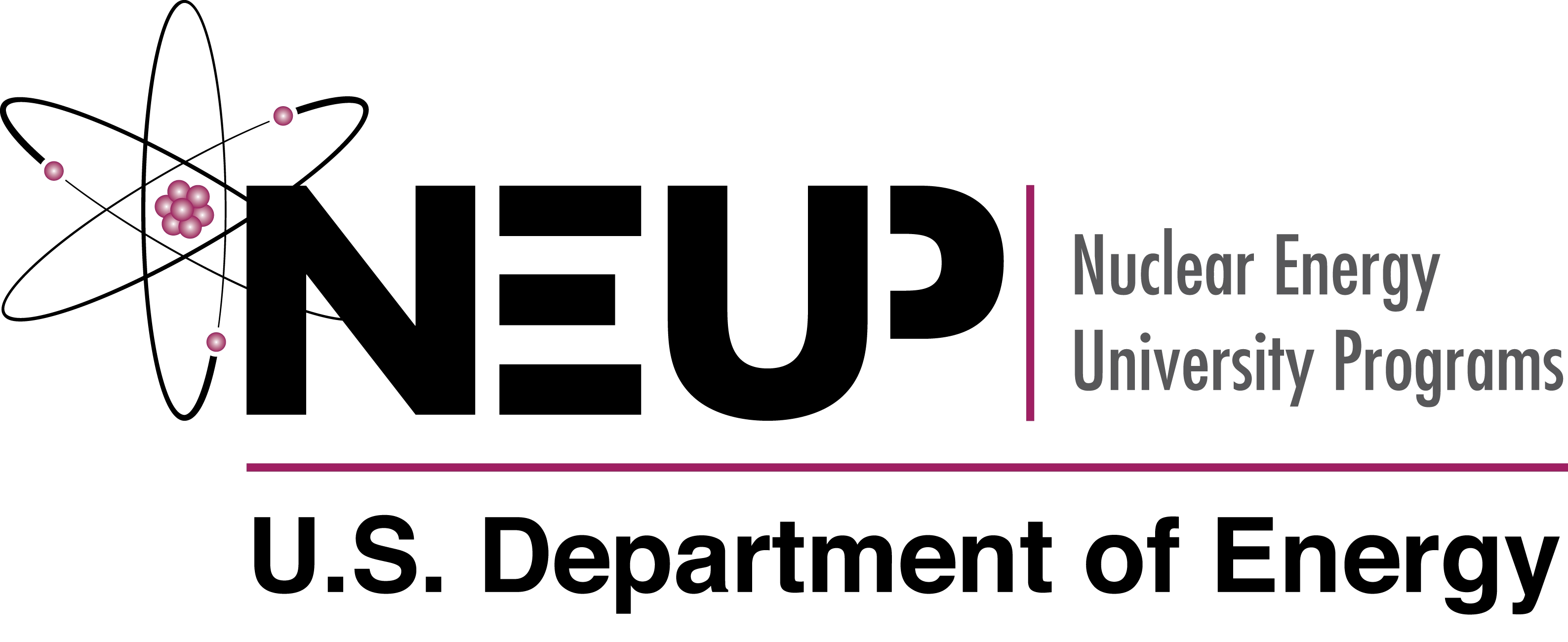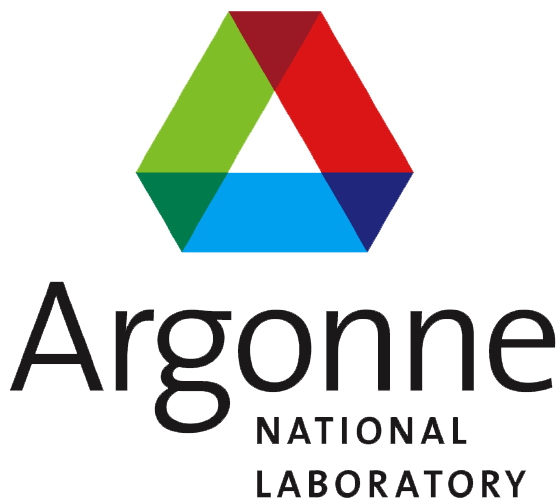Commodity - Commodity Priority (optional, may appear multiple times)¶
In Cyclus, a commodity is used to define how agents can interact. Commodities are simply used to define which resources a facility can request and/or offer. The list of commodities in a problem is defined exclusively by the commodities that are used in the definition of facility prototypes.
The commodity input block is only used to indicate a non-default priority
for a particular commodity in the dynamic resource exchange solution.
A commodity block has the following sections in the following order:
name(required once) - the unique name for this commodity
solution_priority(required once) - a number that defines the relative priority for resolution in the dynamic resource exchange (Default: -1)
Example¶
XML:
<commodity>
<name>enriched_u</name>
<solution_priority>5.5</solution_priority>
</commodity>
<commodity>
<name>waste</name>
<solution_priority>4.5</solution_priority>
</commodity>
JSON:
{"commodity": [
{"name": "enriched_u", "solution_priority": 5.5},
{"name": "waste", "solution_priority": 4.5}
]
}
Python:
{"commodity": [
{"name": "enriched_u", "solution_priority": 5.5},
{"name": "waste", "solution_priority": 4.5},
],
}
In this example, while there may be many commodities used in the problem, two
of them are given explicit priorities. The enriched_u has the highest
priority followed by waste. Note that these particular names do not imply
any specific composition of the commodity; this will be determined later by
the facilities that trade in these commodities.
Grammar Definition¶
<oneOrMore>
<element name="commodity">
<element name="name"> <text/> </element>
<element name="solution_priority"> <data type="double"/> </element>
</element>
</oneOrMore>





